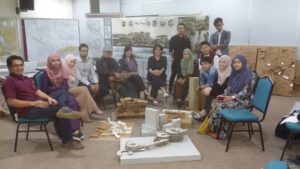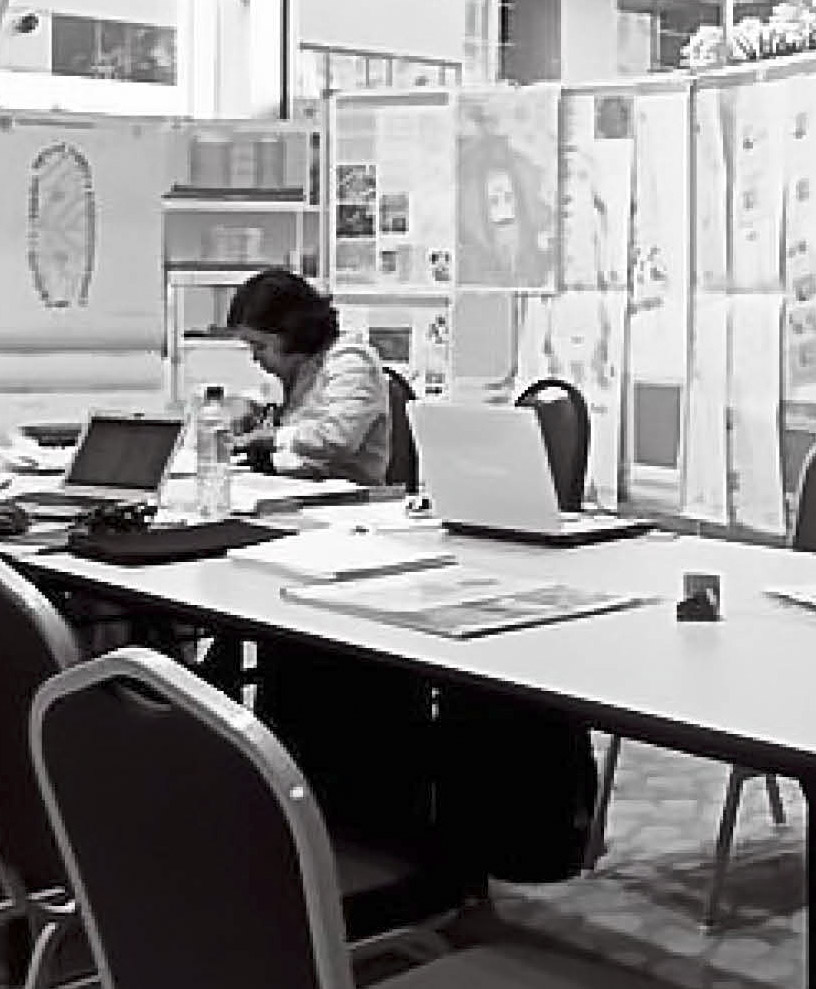We often heard and as it has been quoted that ‘Great architects can create meaningful, beautiful, artful projects within all the limitations of reality’. And so it seems a reality, thus such a remark could be all true. However, upon reflecting the notion, when one is teaching architecture, he or she could be left poignant when he was asked this question; What subject do you teach in school? This is a simple, direct and straightforward question, that could be likely posed to a teacher. It is quite easy to answer. However, when the next specific question is asked as to why a teacher is teaching the particular course on ‘Architecture’; the answer for it could be a tricky one. Some could find it hard, and would not be any easier. What and why the predicament in teaching Architecture? What differs Architectural teaching from the other subjects and professions? What could be the underlying philosophy and thus, the governing principle in the Architectural teaching that would embrace the process of learning needed by the students?
As I reflect upon my academic career, in teaching architecture, it is clear that my pedagogical stance has been greatly influenced by the first exposure I have had to Architecture, all the way through. Over the years, as the profession developed, so too has my Architecture. The question that arises now is how had the profession developed in me? How have I translated the journey of the Architectural profession into my teaching pedagogy? What governs the process of teaching and learning Architecture that suit to my knowledge and experience?
It is with all those in mind that I turn to my own teaching philosophy. For me, the teaching should reflect the need of the students to learn. Around the world, the big part of teaching and learning Architecture is in the Design Studio. I believe that the concept and development of teaching and learning Architecture start in the design studio and probably ends in the studio too. The studio functions as a classroom as well as a ‘creative workshop’ where the students will be guided through for their academic and artistically creative mind development.
As a mentor, it is our responsibility to help the students to develop their ability to create, and articulate ideas. However, Architecture is a combination of Mathematics, Science, and Arts; a complicated ‘fomula’, arguably that hardly any specific method or approach could precisely translate or define the term into the process of teaching and learning Architecture. Or is it not so? In making it worst, this unique combination relates immensely to the intangible configuration of space. All these demand a great deal of imagination of ideas whilst acquiring a certain amount of knowledge and understanding about the space creation and the bodily structure of it. How in fact could then the teaching and learning Architecture actually happen?
Architecture is intrinsically a journey and a profession intertwined. Architects in training, or rather in a fun term, ‘Architects in the Making’, would need to understand why juggling their creative thinking with the strict regulatory body of reality is vital in their learning process.One could not be done without the other; so much so that by the heavy emphasis on the creativity, solely on artistic alone could be misleading. Thus, the training might be incomplete, that one (a student) can be left alone in his or her frenzied bohemian lifestyle.
Under one roof at the Department of Architecture at Universiti Teknologi Malaysia, we execute the need to comprehend such a unique combination in teaching Architecture. I strongly believe in inculcating the pedagogy to Expose, Experience, Explore and Exploit, of the development process of architectural design paradigm to the students. The mentor is responsible for helping the students to develop in order to foster their ability to create and articulate ideas, in the right way, and in the right balance. One way of nurturing it is in developing the critical thinking process and to appreciate it as an invaluable skill for anyone.
In conclusion, I believe teachers have a duty to their profession, to their students, and to themselves. In sum, a cornerstone of my teaching philosophy and goals is to help students develop their critical thinking skills in architectural design development paradigm stated earlier. I must set high standards for students and for myself.I believe that the platform provided will need to be integrated with a pleasant and fun learning environment.




